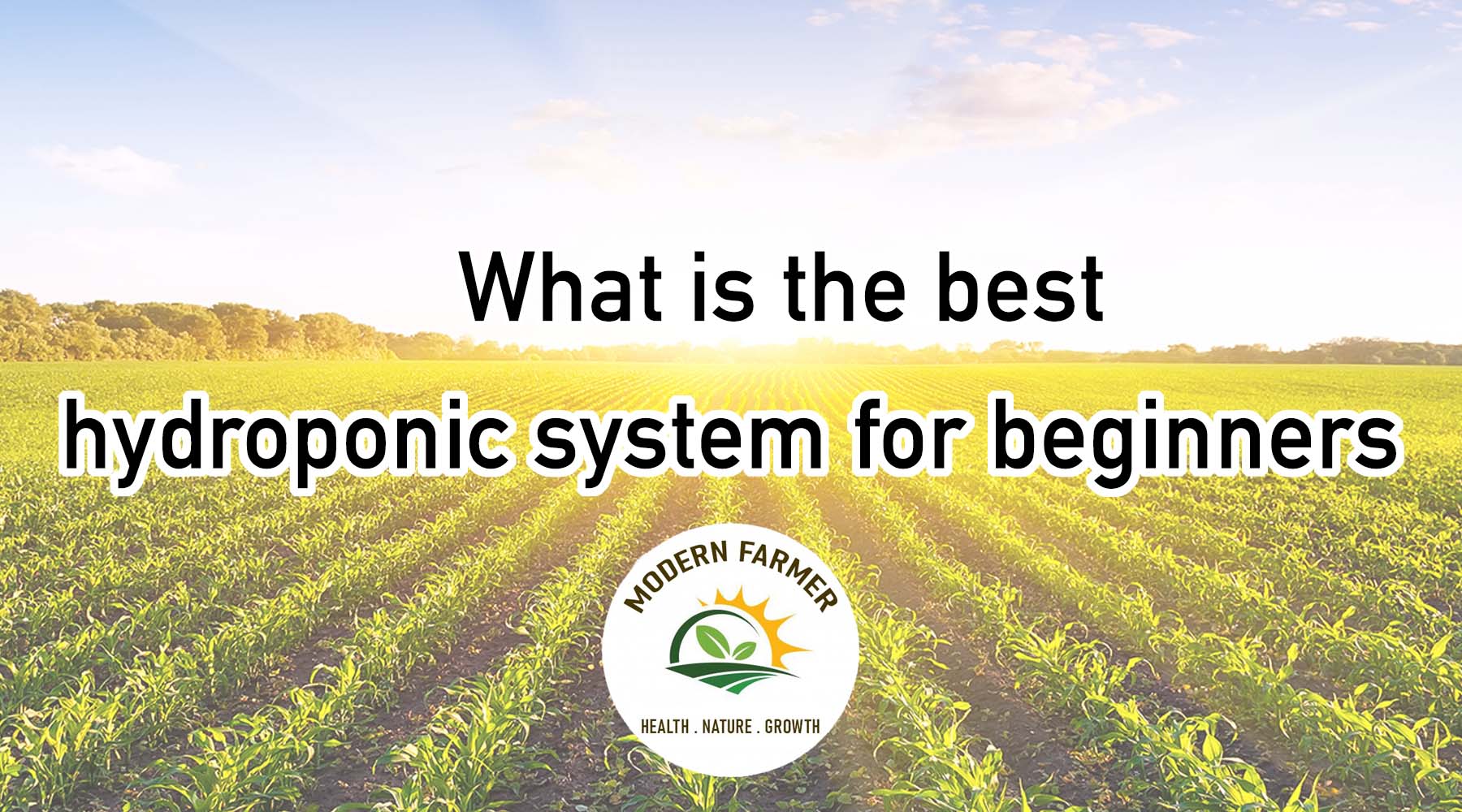Vertical agriculture emerged at the end of World War II. At that time, there were problems with the supply of the U.S. military. U.S. troops were located all over the world. The cost of transportation of supplies was high and food was prone to spoilage. In 1945, the U.S. Army began a large-scale hydroponic experiment and established the world’s largest hydroponic facility at the time. The experiment was a great success. In 1952, the U.S. Army’s fresh agricultural products planted more than 3,600 tons.
After World War II, people forgot these successful experiences, and food production returned to the old way of relying on soil for planting. As the so-called green revolution took place, and as a result of adopting a petrochemical industry as the mainstay of agricultural solutions, hydroponics technology withdrew from agricultural production.
Traditional agriculture consumes a huge amount of water. Compared with traditional agriculture, hydroponics is characterized by low water consumption. The Food and Agriculture Organization of the United Nations estimates that to keep up with population growth, food production must double by 2050.
Vertical farms have amazing advantages. They are not affected by the weather. Crops can be grown under optimal conditions throughout the year. Vertical farms do not require pesticides and herbicides, which means no agricultural pollution emissions.






